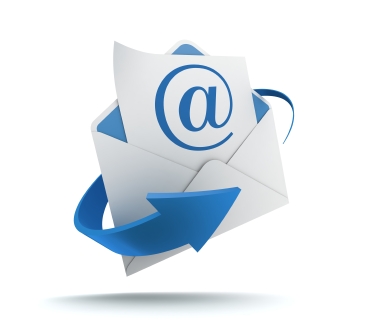Technology has opened up new channels of communication, but email still retains its dominance in the marketplace.
Forrester Research estimates that 89 percent of marketers rely on emails as the primary channel for lead generation. Communication through email dominates other stages of lifecycle marketing as well. However, the delivery rate is a pressing problem. Marketers find that one out of every four emails they send makes its way to the recipient’s spam folder.
As a marketer, you may have initiated the email after performing some preliminary lead analysis to aid in the creation of relevant content along with the inclusion of an opt-out option, a must for today’s permission marketer. You may have even included the recipient in the database after getting an opt-in confirmation. But many recipients still flag emails when they are no longer interested or when they simply forget about the authorization. This becomes a problem as repeated complaints will induce the ISP to flag the marketer’s IP as spam.
So what can be done about this?
First, marketers have to authenticate their ID using services such as DKIM or SenderID before sending out bulk mails. But this is not enough.
A safe bet is to provide a double opt-in, which is sending an opt-in email with an opt-out option. Also, make sure to map out the reason for having initiated the contact in the first place, this helps convince the recipient about the authenticity of the mail. A recipient who was reminded about having made a product inquiry in the past is more likely to make the safe list. Without the reminder, they may forget about it and mark the message as spam, precluding any further communication with that email address.
Finally, seek out a reply, regarding preferences, if nothing else. This serves three purposes. First, the marketer gains insight as to the preferred time, mode, duration and pace of contact. Second, the recipient would most likely appreciate the option to customize the engagement on his or her terms. Third, the watchful ISP and spam filters notice the reply and would not flag the next message as spam.
Being aware of how to use email in lifecycle marketing will greatly improve your click through rate, and hopefully, your customer engagement level. It’s another way of gently reaching out to the customer on their owns terms and creating trust in the relationship.

